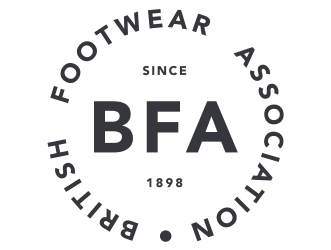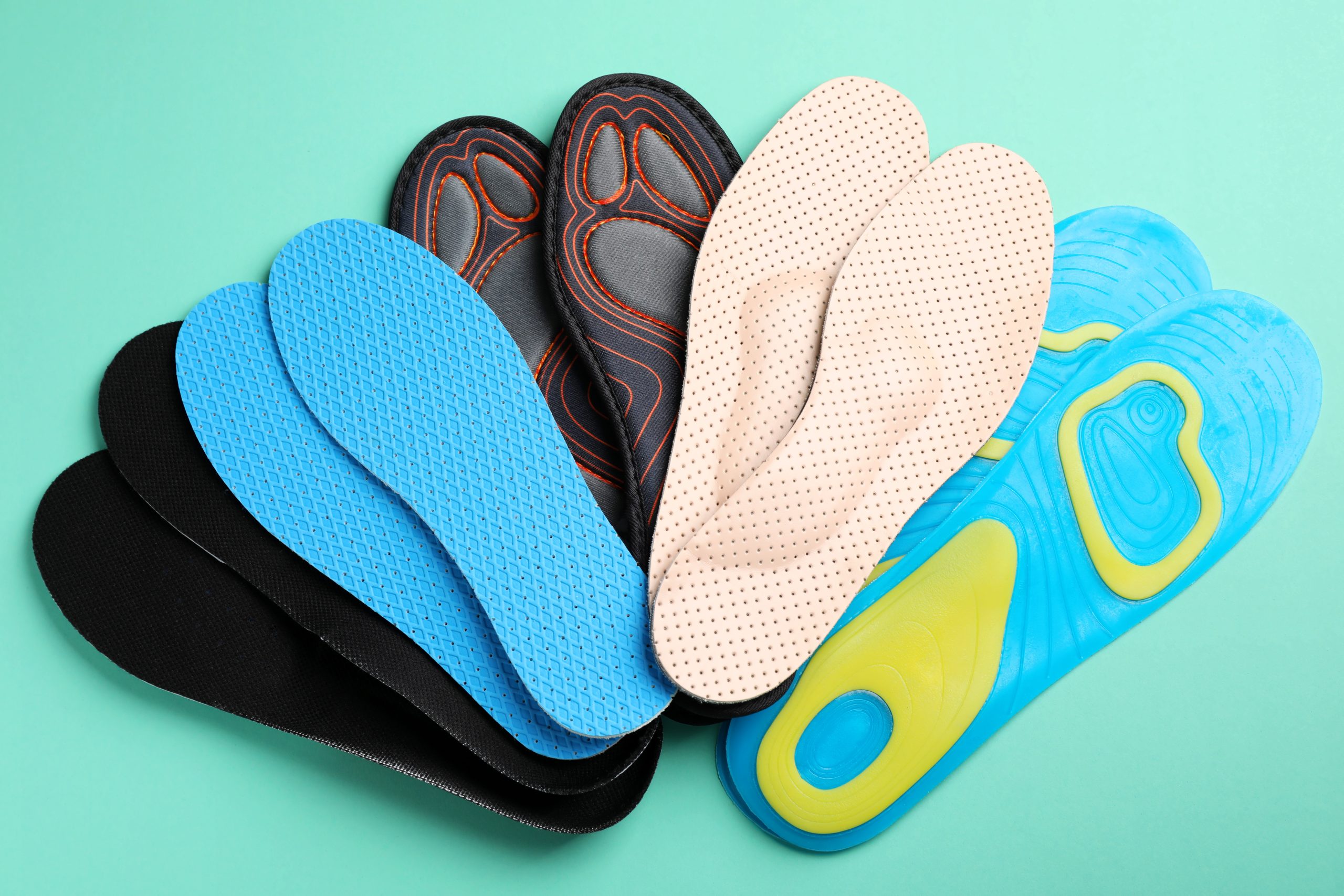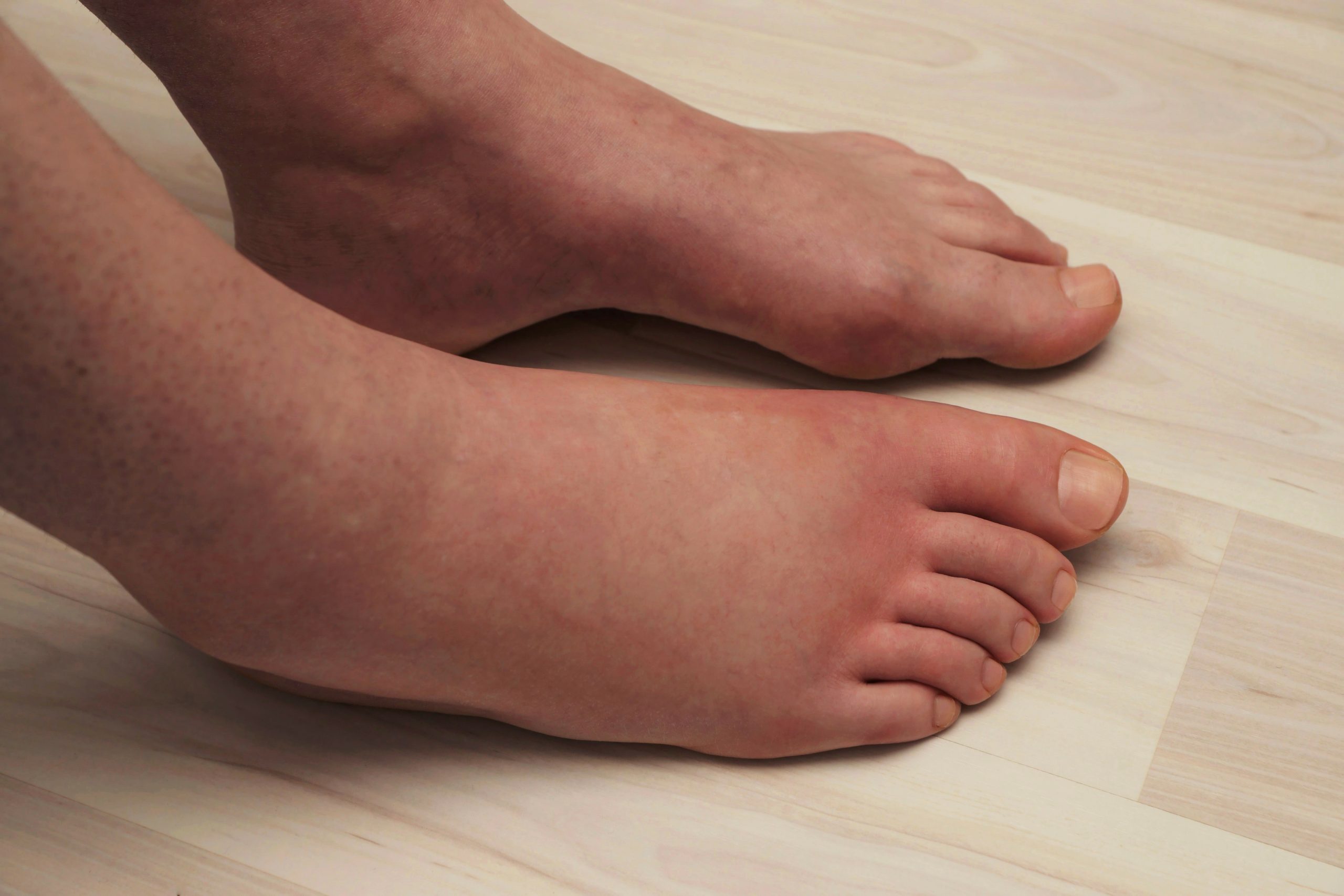We have all made poor footwear choices at some point in our lives. I have compiled this list of the 5 most common mistakes made when buying shoes. Hopefully, it can help you stop making them!
1. Buying shoes in the wrong size!

The first and most obvious mistake people make when buying shoes is that they are simply the wrong size. Buying shoes that are too small or too narrow could be a direct cause of painful feet, and may eventually lead to awkward foot health conditions developing.
Avoid shoes that do not offer enough length or width, and try not to make any compromises. A shoe might ‘give’ a little bit, but this is entirely dependent on the material that it is made out of. If it feels too small when you put it on, please put it back on the shelf! I also wouldn’t recommend buying a shoe if it feels like you need a thicker sock for it to fit. You should also pay attention to where the shoe is flexing, as it should match up to where your toes bend. If they are not matching, the shoe is probably the wrong size.
“But I used toe space as a guide!“
There is a slight misconception about toe space. When you walk, your toes need to function, move, and spread out, and you need space at the end of a shoe for this to happen. This should not dictate what size you buy though. If your heel isn’t slipping out the shoe, there is enough width, and the flex point is good, do not worry about toe space! The only time you should be concerned is if the toes are hitting the end of the shoe, which is unlikely if the 3 points made before are all checked. Also…we all do it, but pressing down on the toe box doesn’t really do anything besides damage a shoe.
Some foot health conditions may have a direct impact on the size of your footwear, such as bunions or hammer toes. Luckily, shoes for bunions and shoes for hammer toes do exist! Look for footwear that has a much softer, more stretchy leather. All the while shoe-fitting services exist, do not rely on a ‘normal’ shoe softening, as this will only increase pain and discomfort.
2. Wearing a shoe all day? Consider looks versus functionality.

When buying shoes, consider what you are buying them for! A lot of the time people will buy shoes and will not consider its purpose. Buying a lovely high heel to wear to a wedding for one day is fine, but wearing it to work for the next six months might cause some problems. If you are going to wear a shoe for activities that require a lot of standing and walking, it might be a smart choice to shift your focus into functionality.
Luckily, there are brands out there that offer both. Waldlaufer has a great range of sandals and court shoes that offer support but are still very fashion orientated, and they do also have removable insoles if you need to use your own custom orthotics. Vionic, Xsensible and Ecco are also great options if you want brands that combine form and function. If you are looking for wide fitting wedding shoes or any other formal occasion, I can point you in the right direction. Please do not compromise and buy shoes that do not fit your foot shape, as this will only cause problems later down the line. Plus, you want to be able to dance all day, right?
3. "I bought shoes from a great brand. They must be good...right?"

Not really! Do not be tricked by the name of a brand, the cost of a shoe, and clever (yet somewhat misleading) ads. A lot of brands rely heavily on marketing to sell their shoes, not necessarily the quality of them. Perform your own checks on a shoe to make sure it has all the necessary components to be comfortable and supportive. Do not buy it because of the name on the box!
Being price driven, high or low, does not commit any footwear crimes. It is okay so long as the shoe has the following things – a firm heel counter, good stable midfoot support, and the flex point is in the right place. If a shoe doesn’t have any of these and completely folds in your hands, imagine what will happen when it has to support the weight of your whole body!
4. "My new shoes have memory foam and will support my feet forever."

Sorry, but not true! Memory foam is amazing in mattresses and pillows, but putting it under our feet is not so great. We all want the most comfortable shoes, and memory foam is excellent at tricking you into thinking it’s the best option because of how amazing it feels straight away.
However, a little bit of insight into how feet work will show you why it’s not such a revelation. Feet need to be relaxed to function correctly, and adding a super soft and unstable surface under them does the opposite. Instability will also greatly increase risk of injury, especially if your balance is already not so great. Memory foam has its place, but for most feet it’s not the one. As mentioned before though, feet are very individual and what works for one may not work for another!
Are there good memory foam alternatives?
If you love the feeling of soft, bouncy foam under your feet, then I would highly recommend Joya, Xsensible, or Asics, which have been developed with research and feature the latest footwear technology, and are designed in collaboration with podiatrists and physiotherapists all over the world. This footwear offers a memory foam-esque feeling, but also provides the structure a shoe needs. A big positive is that they will actually maintain the softness, unlike other brands where the cushioning will wear off quite quickly. Another alternative that you could find from your podiatrist or good shoe-fitter is Poron, which will give wonderful soft underfoot cushioning, but without compromising the structure of the footwear and can simply replace your current insoles.
5. "They will be comfy once I wear them in."

In my years of shoe-fitting, I have heard people say this too many times. The bottom line with footwear is that a shoe should feel comfortable as soon as you put it on your foot. Regardless of how much you like the shoes, if they are not comfortable when you try them on, it’s really not a good sign. When buying a shoe, you are solving a problem – filling a gap in your wardrobe, buying a shoe for an occasion, replacing an old pair – solving one problem by creating another is no solution, especially since last week I learned that in the UK we throw out 300 million pairs of shoes a year. Most of these go to landfill!
The only thing that should change as you wear a shoe is the softness of the upper. As it gets softer, it will start to form to the shape of your foot, but the overall shape of the shoe should remain the same. If a shoe feels uncomfortable under your foot, the only thing that will change is your level of happiness – do not buy them!
If you need help finding your next pair of footwear, we recommend booking a free personal shopping appointment with one of our shoe-fitters.
It can be scheduled at your own convenience, and you will benefit from the valuable advice that will change the way that you shop for footwear.








